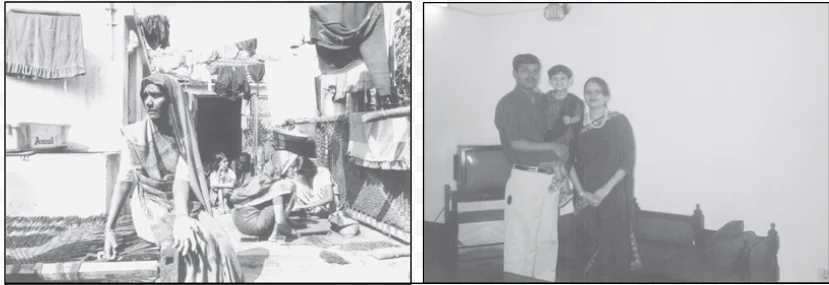![]() December 12, 2023
December 12, 2023
![]() 398
398
![]() 0
0
Perhaps no other social entity appears more ‘natural’ than the family. The family serves as a space of warmth and care, yet it has also witnessed intense conflicts, injustice, and violence.
Within the family and kinship systems, tales of compassion, sacrifice, and care coexist with darker narratives like female infanticide, property disputes between siblings, and acrimonious legal battles.
|
Do You Know? The term ‘joint family’ is not native to Indian languages. I.P. Desai highlights that “The expression ‘joint family’ is not the translation of any Indian word like that. The words used for a joint family in most of the Indian languages are the equivalents of translations of the English word ‘joint family.'” |
|---|
Diverse Forms of The Family: Patrilocal, Matrilocal, Patrilineal, Matrilineal, Patriarchal, and Matrilineal Forms
|
Female headed households
|
|---|
Family and Kinship: Exploring Interconnectedness and Social Change
|
Do You Know? The belief is that the male child will support the parents in old age and the female child will leave on marriage resulting in families investing more in a male child. Despite the biological fact that a female baby has better chances of survival than a male baby, the rate of infant mortality among female children is higher in comparison to male children in India. |
|---|

Notice how families and residences are different

|
Do You Know? In exogamy, the geographical distance, combined with the unequal patrilineal system, limits the frequency of visits by married daughters to their parents. Consequently, leaving one’s natal home becomes a poignant occasion |
|---|
Family and Kinship: How do marriage customs shape Cultural Bonds?
<div class="new-fform">
</div>

Latest Comments